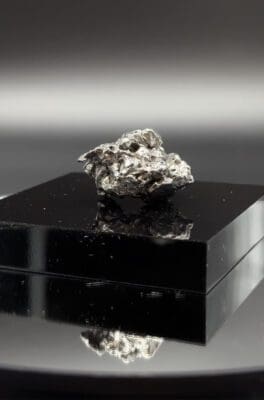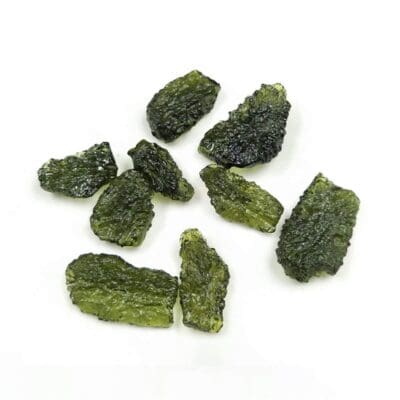Category Archives: Tektites
The Campo del Cielo Meteorite: Ultimate Guide
Explore the fascinating history, scientific significance, and cultural meaning of the Campo del Cielo meteorite [...]
2 Comments
Jan
Moldavite: Tracing the origins of this rare Tektite
Moldavite is a rare and unusual gemstone that has fascinated geologists and collectors for centuries. [...]
Jan
Campo del Cielo Meteorite: Tracing the Origins of a Space Rock
The Campo del Cielo meteorite is a piece of space rock that has captured the [...]
Jan


